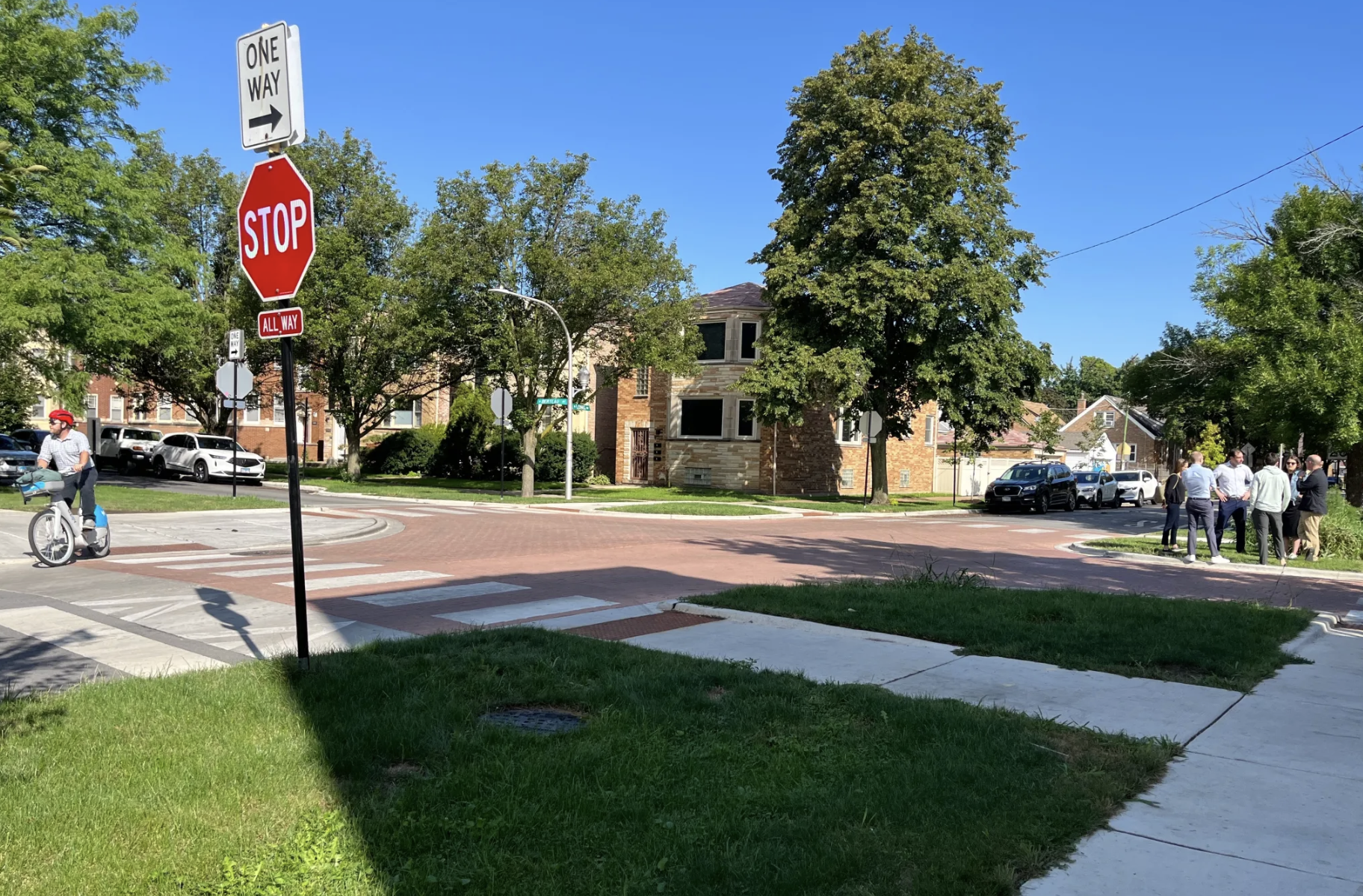Last week the Detroit Free Press published some stellar reporting about why America's transportation system is killing more pedestrians: the growing number of bigger, more dangerous vehicles. For a brief moment it seemed like coverage of pedestrian safety might turn a corner and get over the impulse to blame the victim.
It didn't last. A new report from PBS News Hour violates the most basic precepts of good journalism in a pathetic attempt to pin the rise in pedestrian fatalities on people who drink and walk.
"Pedestrian deaths are up nationwide, fueled by people who walk while drunk," was the headline from Jenni Bergal at Stateline (which is produced by the Pew Charitable Trusts).
Except that's not what the evidence says -- at all.
Bergal's whole case rests on the fact that about 2,000 people who were struck and killed while walking last year had a blood alcohol level in excess of the legal limit -- for driving -- an increase of 300 since 2014.
Set aside the fact that there is no legal BAC limit for pedestrians because the act of walking is inherently harmless. The data actually shows that drunk victims are a smaller share of total pedestrian fatalities today than they were in 2014.
Since 2014, pedestrian fatalities have increased 22 percent, according to the Governors Highway Safety Association. The stats reported by PBS News Hour work out to a smaller 18 percent increase in the same period, meaning drunk victims are a smaller share of all pedestrian victims today than in 2014.
In other words, the increase in pedestrian fatalities is clearly not "fueled by people who walk while drunk."
Nevertheless, no one restrained Bergal from reporting this:
In Austin, where a dozen drunken walkers died in 2016 and seven died in 2017, many crashes were on a stretch of Interstate 35, an eight-lane, high-speed highway divided by a concrete barrier, said police Detective Pat Oborski. The highway is lined with fast-food restaurants on one side and low-cost motels on the other.
Drunken pedestrians cross the highway, going back and forth between the motels and restaurants located on frontage roads, Oborski says. While there’s a bridge over the highway about a quarter of a mile away, some people figure it’s easier to run across than to walk to the bridge.
Without realizing it, Bergal is describing one of the great threats to pedestrians: Dangerous, high-speed arterial roads without safe crossings. These conditions put people on foot at greatest risk even when they're stone-cold sober.
Stories like this cause real harm. They give officials in cities like Austin cover not to do anything but blame the victims. They perpetuate the marginalization of people with no choice but to walk on dangerous streets, who are more likely to be poor, black, or brown.
The more press coverage of pedestrians fatalities blames victims, the less pressure there is to rethink the eight-lane speedways and dangerous SUV designs that jeopardize people's lives.






